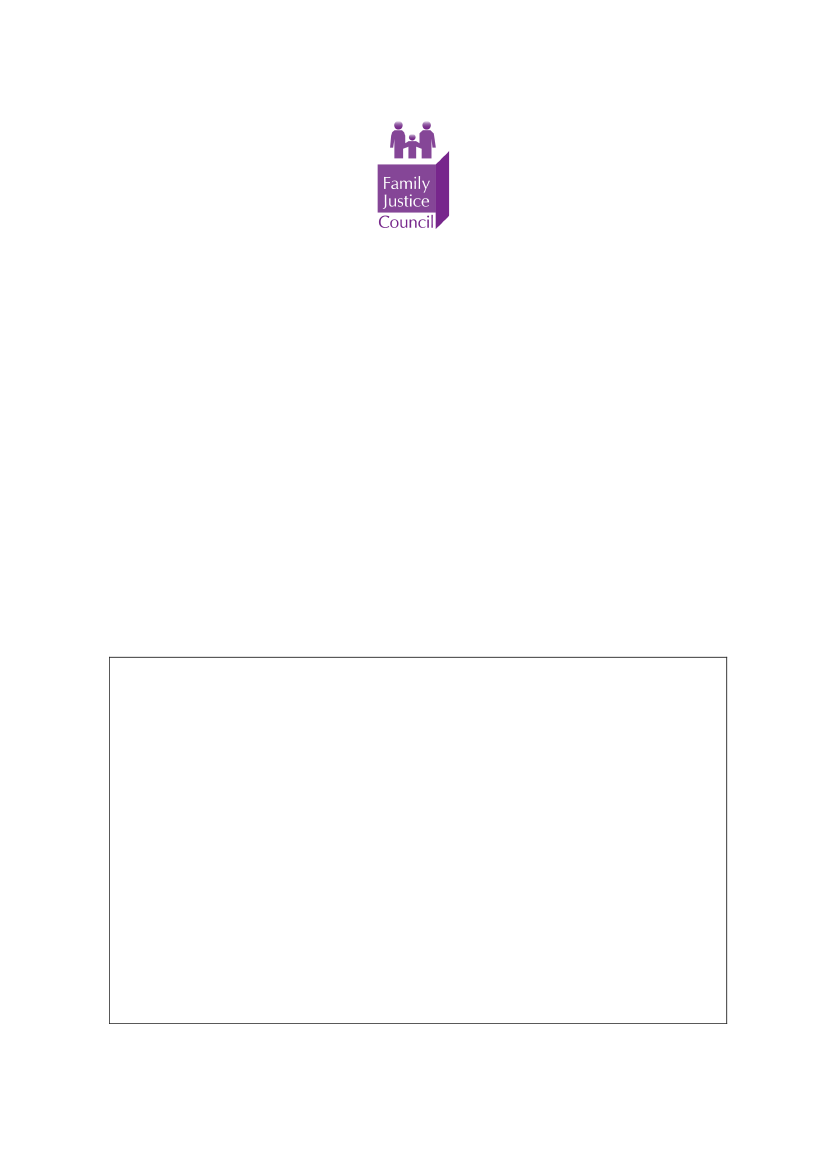
Consultation: Draft Guidance on Responding to allegations of
alienating behaviour
August 2023
CONTENTS
1.
2.
3.
4.
5.
Introduction and Scope of the Guidance
Litigation Journey Overview
Guidance Note on Case Management
Guidance Note on Welfare decisions
Guidance Note on Understanding hostility and psychological manipulation in cases in
which alienating behaviours are alleged
6. Guidance Note on the use of experts in cases in which alienating behaviours are
alleged
Consultation from Dr. Childress to Draft Guidance from FJC:
I am a clinical psychologist in the United States. I have six domains of specialized
knowledge supported by my vitae relevant to court-involved custody conflict and
attachment pathology displayed by the child:
1. Delusional thought disorders
Twelve years on a major UCLA research study on schizophrenia with annual
training in the diagnostic assessment of delusional thought disorders.
2. Attachment pathology
Early Childhood Mental Health specialization.
3. Child abuse and complex trauma
Clinical Director for a 3-university assessment and treatment center for children
ages zero-to-five in foster care.
4. Factitious Disorder Imposed on Another
Training and medical staff position as a pediatric psychologist at Childrens
Hospitals.